The slopes of Haleakala are home to a unique and diverse ecosystem. While the landscapes of this volcanic wonderland are stunning, they also play host to a variety of weeds and invasive plant species that can disrupt the natural balance of the environment. In this essay, we will explore the ten most prevalent weeds on the slopes of Haleakala, their impact on the ecosystem, and the efforts to manage and control them.
1. Kikuyu Grass (Pennisetum clandestinum): 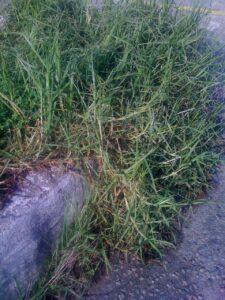
Kikuyu grass is an invasive species that can form dense mats, choking out low growing native plants. It has the ability to spread rapidly and compete with indigenous vegetation. Its presence on the slopes of Haleakala threatens the survival of many endemic specie.s It is a federally declared noxious weed, naturalized on Maui from sea level to 6000 feet. It is sensitive to glyphosate and imazapyr and susceptible to yellow sugarcane aphid.
2. Strawberry Guava (Psidium cattleianum): 
Strawberry guava, originally from South America, is an invasive tree that bears delicious but highly invasive fruit, that also hosts fruit flies. It disrupts the natural vegetation of Haleakala by shading out native plants and creating a habitat favorable to other invasive species. It is known to be allelopathic; a biological phenomenon by which an organism produces one or more biochemicals that influence, usually suppressing, the germination, growth, survival, and reproduction of other organisms.
3. Miconia (Miconia calvescens): ![]()
Miconia, also known as “purple plague” due to its striking purple leaves, poses a significant threat to the Haleakala ecosystem. It grows quickly, forms dense thickets, and outcompetes native plants for resources. It is particularly concerning because it can alter the soil chemistry, making it less suitable for native plant.
4. Fountain Grass (Pennisetum setaceum): 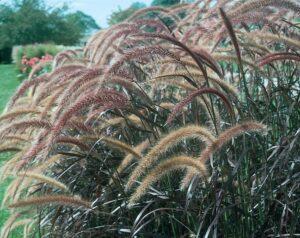
Fountain grass is an ornamental grass that has become a troublesome weed on Haleakala’s slopes. It is highly flammable and has contributed to wildfires, endangering the native flora and fauna. Efforts are ongoing to control its sprea.d
5. Kiawe (Prosopis pallida): 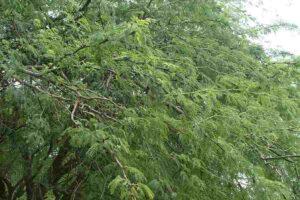
Kiawe, or mesquite, is a thorny shrub originally from South America. It has become invasive in Hawaii and is known for its aggressive growth and the ability to create dense thickets. Kiawe disrupts the native ecosystem by altering the soil and hindering the growth of other plants
6. Gorse (Ulex europaeus): 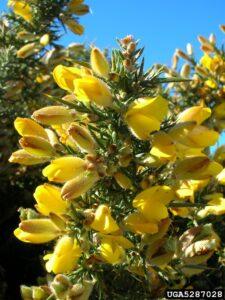
Gorse is a spiky, yellow-flowered shrub that can grow quickly and create dense stands. It not only shades out native plants but also poses a fire hazard. Gorse can fuel wildfires on Haleakala, which have devastating effects on the environment
7. Blackberry (Rubus fruticosus): 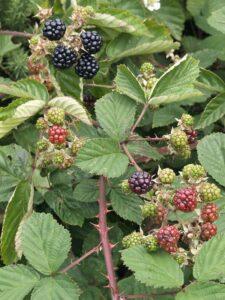
Blackberry bushes have taken root on the slopes of Haleakala, forming impenetrable thickets. They crowd out native vegetation, reducing biodiversity. The thorny canes also pose challenges for hikers and other recreational activities in the area
8. Banana Poke (Passiflora tarminiana): 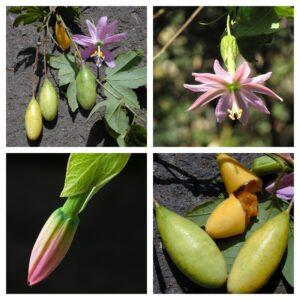
Banana Poke is a vine native to South America that has spread across the Hawaiian Islands, including Haleakala. Its rapid growth and ability to smother native trees make it a formidable invasive species. It also outcompetes native pollinators and disrupts the ecological relationships of the ecosystem.
9. African Rue (Peganum harmala): 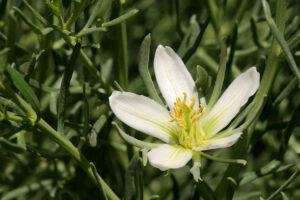
African rue, also known as wild rue, is a highly invasive plant on Haleakala’s slopes. It forms dense mats and changes the soil chemistry, making it inhospitable for native plants. The spread of this species threatens the unique biodiversity of the region
10. Christmas Berry (Schinus terebinthifolius): 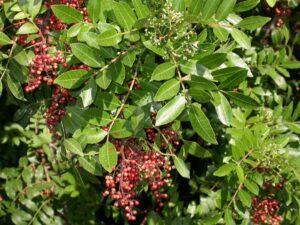
Christmas berry, originally from South America, has become a pervasive invasive tree in Hawaii. Its red berries are attractive to birds, which disperse its seeds, leading to its rapid spread. It outcompetes native plants, alters soil chemistry, and disrupts the natural balance of the
Efforts to control these invasive species on the slopes of Haleakala are ongoing and critical to preserving the native flora and fauna. These efforts include manual removal, herbicide treatments, biological control methods using introduced insects or pathogens, and public education programs to prevent further spread. Various organizations and government agencies collaborate to combat these invasive species and protect the unique ecosystem of Haleakala.
In conclusion, the slopes of Haleakala are not only a natural wonder but also a battleground where native plants and invasive species compete for dominance. The prevalence of these ten invasive weeds threatens the delicate balance of this unique ecosystem. To ensure the preservation of Haleakala’s natural beauty and biodiversity, continued efforts in invasive species management and conservation are essential. These endeavors are a testament to the commitment of the people of Hawaii to protect their precious natural heritage and maintain the integrity of this remarkable landscape.
12.04.2023-TF-SB



